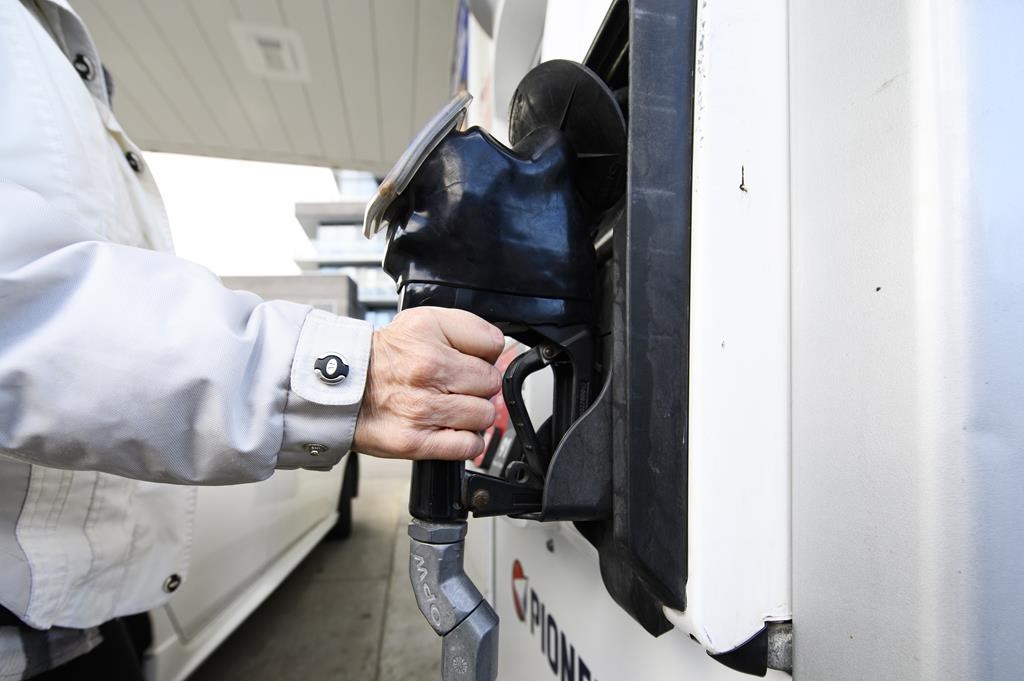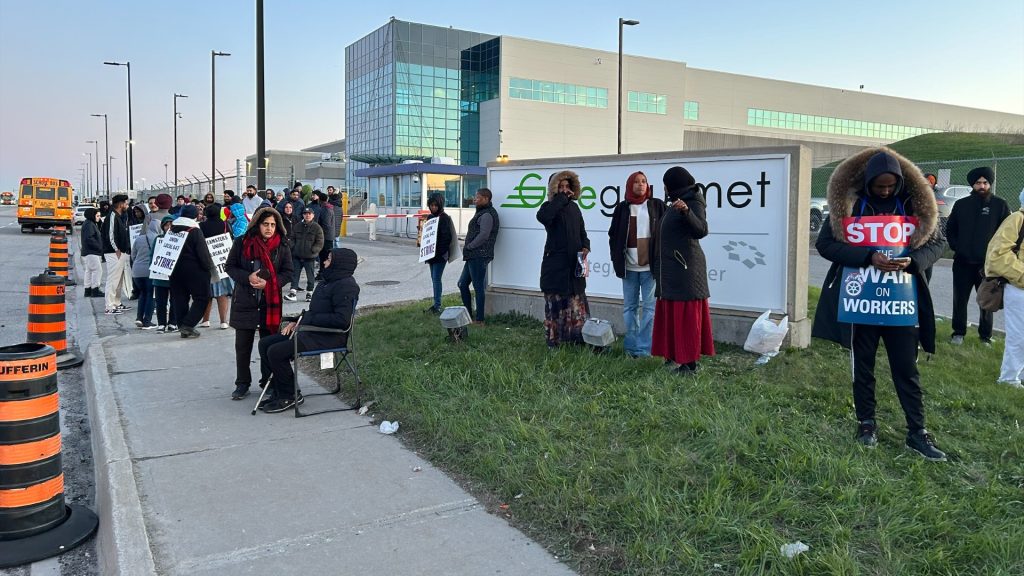Paramedics To Get New Training Following Death Of Jim Hearst
Posted January 25, 2010 2:40 pm.
This article is more than 5 years old.
Toronto paramedics will receive revised training in the wake of a botched ambulance call described in a provincial report as a “preventable delay” that preceded the death of Jim Hearst last summer.
On Monday city officials unveiled changes to the way Emergency Medical Service workers decipher when it’s appropriate to delay service in a dangerous situation.
“The recommendations of the working group reflect that it is appropriate for paramedics to delay service in situations where their safety is at risk. The revised policy, along with enhanced training and improved tracking and monitoring, will better equip EMS responders to make the right decision at the scene,” EMS Chief Bruce Farr said in a statement.
The new procedures include:
- Enhanced standard operating policy on patient care and scene safety
- Paramedic and supervisor training on the new delay of service policy, starts Feb. 1
- Communication centre staff training, starts in mid-March
In addition, 13 recommendations outlined in a Ministry of Health report into the incident have been implemented. That report was released last October. (Click here to read it)
“I thank the group and the City Manager for their efforts in so quickly producing these valuable recommendations that not only provide an effective balance between patient care and paramedic safety but will assist our EMS responders by providing improved clarity and oversight,” Mayor David Miller said.
Hearst, 59, suffered an apparent heart attack on June 25 and it took paramedics more than half an hour to respond, despite repeated 911 calls. An ambulance actually responded to the call within nine minutes, but waited about a block away for police to arrive, for unknown health and safety reasons – a process called staging.
Hearst had been found looking dazed and bleeding, trying to stand up in the lobby of his apartment building at 40 Alexander St. and a 911 call was placed at 11:04pm.
As he waited, Hearst’s condition worsened. A security guard placed a second 911 call at 11:19pm, informing the dispatcher Hearst was still conscious but his face was turning blue. At 11:36pm, yet another 911 call was made, informing the dispatcher Hearst was no longer breathing and that a fellow resident was performing CPR.
Nearly 40 minutes after the initial call, emergency responders arrived and Hearst died shortly after.










